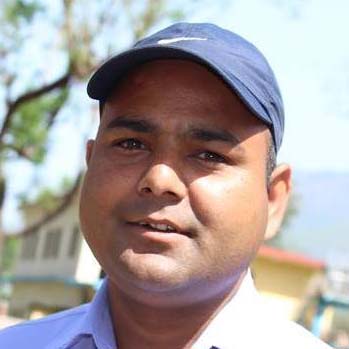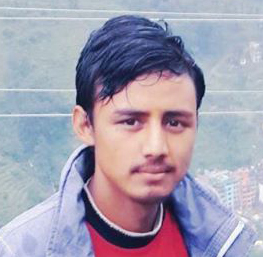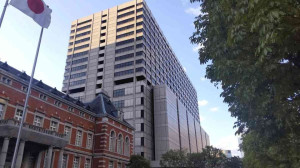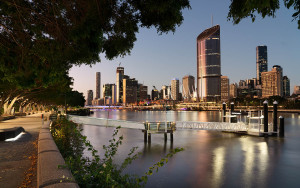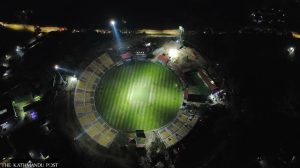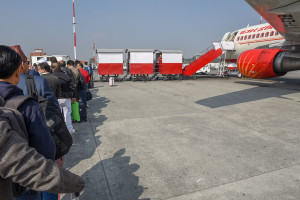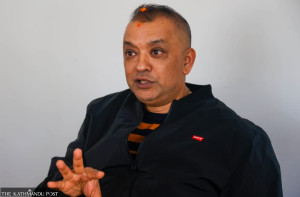Nepali Diaspora
Kailash pilgrims breathe new life into Nepal’s mountain economy
Transit hubs abuzz in Karnali, with packed hotels and non-stop flights to the Tibet border.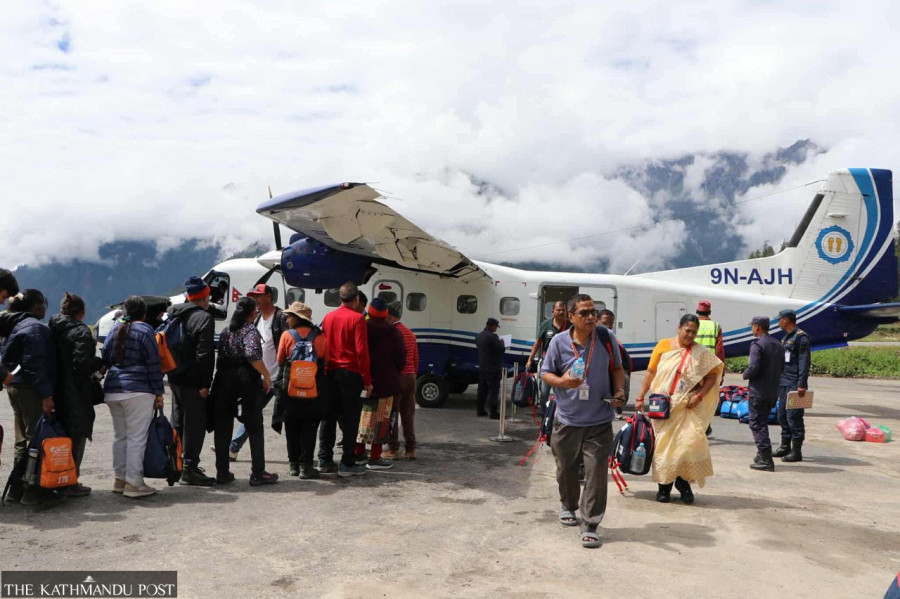
Sangam Prasain, Krishna Prasad Gautam & Anish Tiwari
Kailash Patel had waited years for this moment. Standing at the edge of the windswept tarmac in Simkot, a remote airport in northwestern Nepal, he looked tired but elated.
“After a long wait, I finally got to visit Kailash Manasarovar,” said Patel, a resident of Ghatkopar, a suburb in eastern Mumbai. “It was my life’s dream to visit the revered site once, and it came true.”
For Indian pilgrims like Patel, the Kailash Manasarovar yatra is not just a physical journey through some of the harshest terrain on earth—it’s a spiritual odyssey. Revered in Hinduism, Buddhism, and Jainism, Mount Kailash is the mythical abode of Lord Shiva. Pilgrims believe that completing the kora—a sacred 52-kilometre circuit around the mountain—can cleanse a lifetime’s sins.
The pilgrimage has resumed after a five-year pause, triggered first by Covid closures and then by geopolitical tensions. Following diplomatic talks in Beijing this January between Chinese Vice Foreign Minister Sun Weidong and Indian Foreign Secretary Vikram Misri, the two sides agreed to allow Indian nationals to travel to Tibet’s sacred pilgrimage site.
Beijing officially opened the doors in June, and within weeks, thousands of Indian pilgrims began arriving in Nepal. By the end of last week, over 1,200 Indian pilgrims—622 women and 649 men—had crossed the Hilsa border into China, according to Humla district police.
Over the weekend alone, around 1,300 more pilgrims reached Simkot via Nepalgunj, Nepal’s southwestern transit city. They came in large numbers from north India and Tamil Nadu, Kerala, and Karnataka.
Govind Gupta, a resident of Uttar Pradesh, had just returned from the pilgrimage.
“My long-held wish was fulfilled, and the warmth and hospitality of the locals in Nepal made it even better,” he said. “I hope Lord Shiva will grant our prayers.”
For Gupta and many others, the route through Hilsa is easier and shorter than the Kerung border, which was recently cut off by landslides and flooding.
The Nepalgunj-Simkot-Hilsa route, though shorter, is also one of the most expensive.
From Nepalgunj, pilgrims take small planes to Simkot, where helicopters shuttle them to the remote Hilsa border. There, jeeps wait to cross into Tibet and proceed to Taklakot (or Purang), the first town across the Chinese side.
A helicopter can make up to 15 daily trips, but with only four passengers per flight, the costs and logistical challenges pile up.
On Friday alone, 82 flights were operated by Tara, Sita, and Summit Airlines between Nepalgunj and Simkot.
“Right now, the airport is overwhelmed,” said Mahendra Bahadur Singh, chief of Simkot Airport. “Only six aircraft can park here at a time. We have just one air traffic controller managing all this, and the terminal is too small to accommodate waiting passengers. We’re facing issues with basic facilities like toilets, drinking water, and Wi-Fi.”
Helicopters from Simrik, Fishtail, Mountain, Prabhu, and Kailash operate at full capacity. “Everyone wants to fly to Hilsa as the roads are in bad shape,” said Kamala Gautam, manager of Simrik Airlines. “But with limited capacity and unpredictable weather, we’re constantly struggling to keep up.”
Despite these challenges, Humla’s mood is upbeat.
The region’s tourism-dependent economy shows signs of life for the first time in five years. “Humla’s tourism was in a coma for nearly five years,” said tourism entrepreneur Mim Lama. “Now, we’re seeing 200 to 1,000 pilgrims a day.”
Vijay Lama, who runs the Vijay Hotel in Simkot, said all rooms in his hotel were booked for the next three weeks. “We serve local cuisine,” he said. “Most pilgrims stay one night in Simkot before heading to Hilsa and then on their way back.”
The same is true in Hilsa, where nearly three dozen hotels are fully occupied.
In the years when the pilgrimage was banned, Nepali operators tried to keep the spirit alive by offering distant darshan (views) of Manasarovar and Mt Kailash from Lapcha in Namkha Rural Municipality. Some Indian pilgrims even took mountain flights to take a glimpse of the sacred lake and Kailash, a dome-like, distinctive peak in the Tibetan Plateau.
But the revival of the full yatra has reinvigorated the local economy far beyond just hotel operators.
Pilgrims have created a booming market for local products. They often return home with walnuts, beans, and hemp seeds, giving a market boost to local agriculture. Tour operators have rolled out a package of Rs2,500 per person, including meals and accommodation for one night.
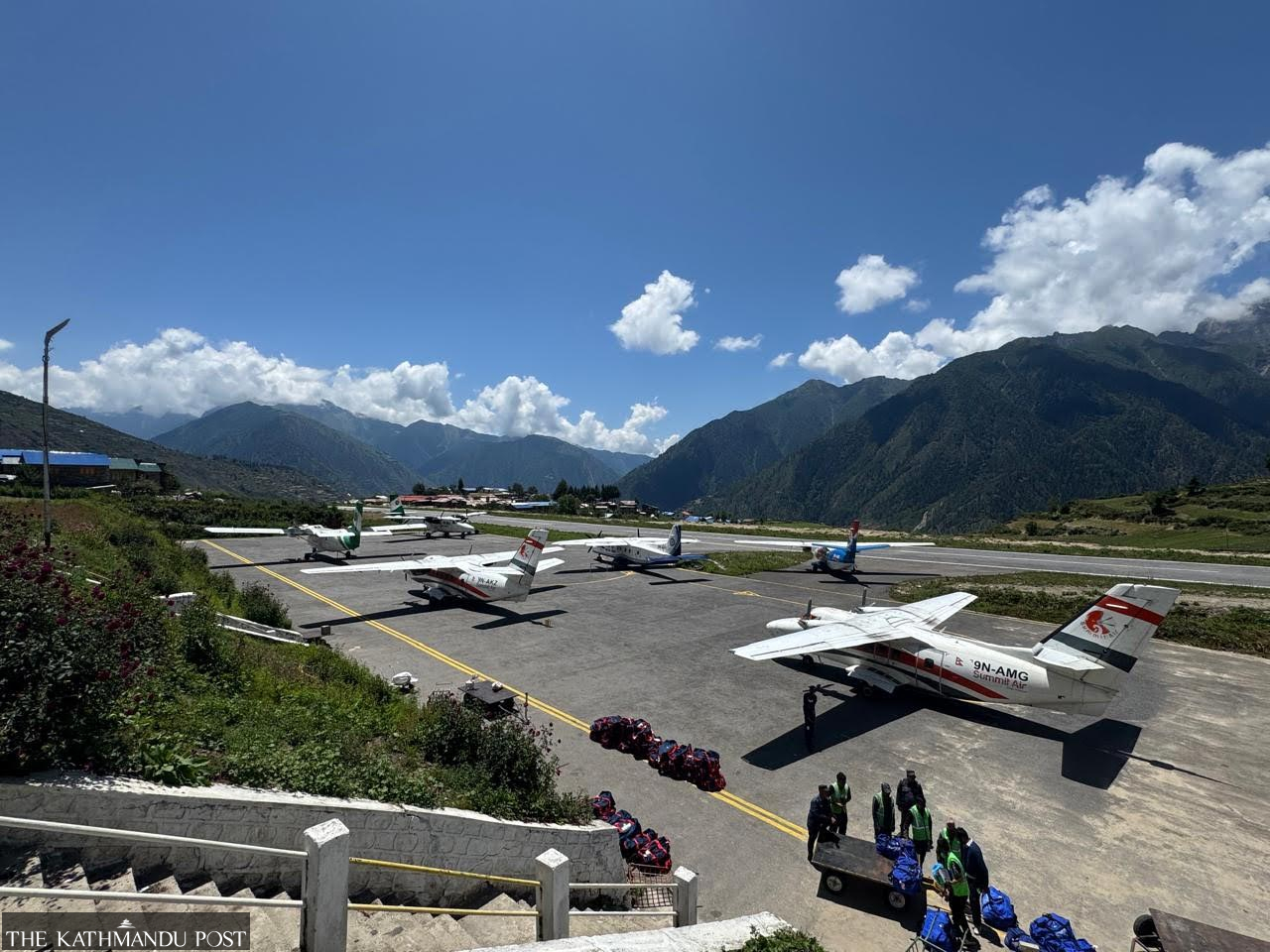
Namkha Rural Municipality vice-chair Takdir Lama said the region is finally recovering. “Hilsa hotels are full, local products are in demand, and locals are finding jobs as porters and guides,” he said.
Tourists also pay an entry fee of Rs1,000, which is split between Simkot and Namkha municipalities. “This money goes back into local infrastructure and services,” Lama added.
Nepalgunj, the gateway to Simkot, is also reaping the benefits.
According to tourism entrepreneur Tenzing Norbu, nearly 600 tourists are staying in Nepalgunj’s hotels, most of which have been booked for weeks. “We expect around 6,000 Indian pilgrims to use this route this year alone,” he said.
Several routes from Nepal lead to Kailash Manasarovar—including Tatopani, Rasuwagadhi, Hilsa, and the Kathmandu-Lhasa flight.
However, after the 2015 earthquake forced the closure of the Tatopani border, the Hilsa route gained prominence. It allows pilgrims to skip Kathmandu entirely and enter Nepal through Indian border towns like Rupaidiha near Nepalgunj.
“Transport and security arrangements have been made to ensure as many pilgrims as possible can safely complete their Kailash journey,” said Narayan Pandey, chief district officer of Humla. “This revival is already positively impacting Karnali province’s economy.”
But while Humla celebrates the return of pilgrims, Rasuwagadhi in the central Himalayas faces a different reality.
After floods severed the Timure-Kerung road connection last Tuesday, many Indian pilgrims who had entered China through Rasuwagadhi earlier in June were forced to reroute their return. Now, they’re being brought back via the Tatopani border in Sindhupalchok.
According to the Tatopani-Kodari Immigration Office, around 500 pilgrims had returned through this alternative route by Saturday. “Over 70 pilgrims are now returning daily via Tatopani,” said Jagat Bahadur Rai, chief of the Kodari police office. “Due to the poor condition of the Barhabise-Kodari road, most travellers choose to fly to Kathmandu by helicopter,” he said.
Chinese immigration authorities have indicated that many pilgrims are still expected to return via Tatopani.




 12.12°C Kathmandu
12.12°C Kathmandu
